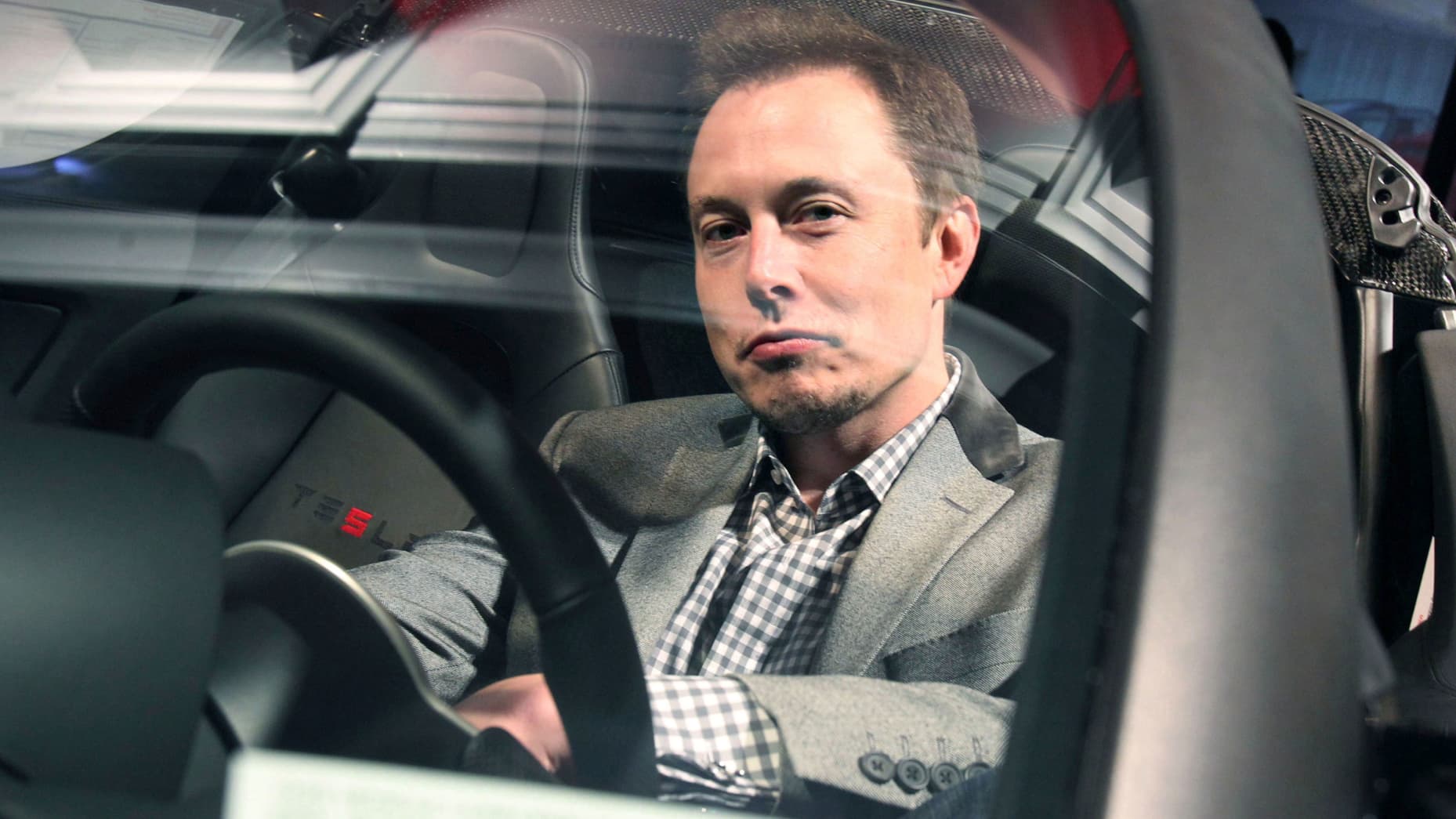

What if you woke up tomorrow and your car no longer needed you?
Imagine a world where the steering wheel becomes just a relic of the past. Sounds impossible? Elon Musk begs to differ.
In a bold declaration that’s turning heads, Elon Musk, the ever-visionary CEO of Tesla, has promised that by next year, Tesla’s cars will achieve 90% autonomy. Yes, you read that right: the future of self-driving is closer than ever, and it could change the way we view transportation—and our own roles as drivers—forever.
During a recent Tesla AI Day event, Musk revealed that his company’s Autopilot and Full Self-Driving (FSD) technologies are on the brink of a massive breakthrough. Tesla vehicles, which already boast industry-leading driver-assistance features, are now being fine-tuned to handle virtually all driving scenarios without human intervention. The ambitious 90% self-driving goal means Teslas could effectively handle everything from navigating rush-hour traffic to cruising down winding country roads.
The key to this revolution, Musk explained, lies in Tesla’s cutting-edge Neural Network AI and its massive fleet of data-gathering vehicles. Every Tesla on the road today functions as a data collector, feeding real-world driving patterns, obstacles, and edge cases back into Tesla’s centralized AI. With this data, Tesla’s engineers are refining their algorithms at an unprecedented pace. Musk confidently claimed that Tesla’s system would soon surpass human driving in terms of safety, reliability, and efficiency.
What’s more intriguing is the potential economic and societal impact of this development. Imagine a world where your car isn’t just a vehicle but a robo-taxi that can earn money for you while you’re at work or asleep. Tesla has long hinted at a future where owners could opt into a ride-sharing network, effectively transforming their vehicles into autonomous revenue generators. Musk reiterated that this feature remains a cornerstone of Tesla’s roadmap, hinting that next year’s advancements could bring it within reach.
However, this techno-utopia isn’t without challenges. Skeptics have pointed out that Tesla’s current Full Self-Driving Beta still struggles in complex urban environments and occasionally requires driver intervention. There are also significant regulatory hurdles, with many countries lagging in establishing clear frameworks for autonomous vehicles. Musk, ever the optimist, brushed off these concerns, suggesting that both technical and legal barriers are surmountable within the next year.
Critics also question whether Musk’s timeline is realistic, given his history of overly ambitious predictions. While Tesla has undeniably pushed the boundaries of what’s possible, some worry that rushing to achieve 90% autonomy could lead to safety oversights or over-reliance on technology that isn’t yet foolproof.
But for Tesla enthusiasts, the excitement is palpable. The idea of being “fired” as a driver might sound unsettling, but for many, it’s the promise of a safer, smarter, and more sustainable future. Musk’s vision is not just about cars; it’s about rethinking mobility itself. Whether his prediction holds true or not, one thing is certain: Tesla is steering us toward a future we once thought belonged only in science fiction.
Are you ready to let your car take the wheel?







